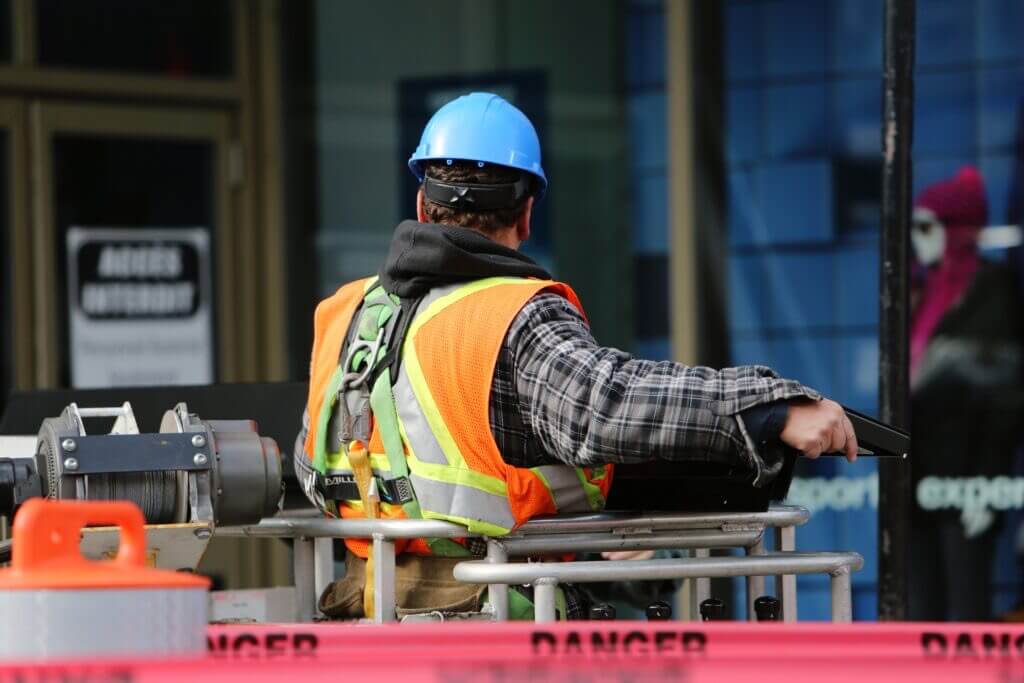New Jersey has a long and rich history from its earliest days as East and West New Jersey owned by Lord John Berkeley and Sir George Carteret to the present. Some of the most pivotal battles of the American Revolution took place in New Jersey. It was the third state to ratify the Constitution and has been the birthplace of many notable American figures, such as: Frank Sinatra, Bruce Springsteen and Grover Cleveland.
However, many people do not know that New Jersey also has a long history of being one of the most important manufacturing centers in the United States. Historically, New Jersey’s manufacturing sector played a key role in the state’s economic development, and it greatly impacted the rest of the nation.
This article is going to provide a brief glimpse of the rich history of manufacturing in New Jersey by focusing on a period of industrialization and innovation that occurred during the late nineteenth century, which saw New Jersey’s manufacturing sector grow to amazing heights and provide the world with many of the innovations that drastically changed the world.
After the American Civil War ended in 1865, a second period of industrialization started to occur around the United States that would last until the early twentieth century. This period would be dubbed the Second Industrial Revolution and New Jersey’s manufacturing sector would grow exponentially from it. Places like Jersey City became specialized in rail terminals, docks, sugar refining, and tobacco processing, while Paterson continued to be a center for the silk and locomotive manufacturing industries, provided in Paul Israel’s “The Garden State Becomes an Industrial Power.”
According to “The Garden State Becomes an Industrial Power” as well, Bayonne developed numerous oil refineries and coal docks; Elizabeth became home to one of the biggest factories of the Singer sewing machine company. Along with this, New Brunswick became known for its rubber factories; Trenton was home to iron manufacturing and was known for its terra cotta manufacturing; Camden’s biggest manufacturing industries had become shipbuilding and glass manufacturing. All across New Jersey, manufacturing was growing at an extraordinary rate. During this period of manufacturing growth, many of these goods started to be sold outside of the state at higher rates than in previous decades.
During this period, New Jersey saw an increase in many of its manufactured goods being consumed and used by people all over the nation. The best example of this comes from one of New Jersey’s largest manufacturing hubs, Newark. Newark’s manufactured goods were so popular across the nation that the New York Times published an article in the 1870s that stated:
“The trunk you travel with is, nine times out of ten, of Newark manufacture…The hat you wear was made there, the buttons on your coat, the shirt on your back, your brush, the tinware you use in your kitchen, the oilcloth you walk on, the harness and bit you drive with, all owe to Newark in their origin.”
Newark’s manufactured goods were being used all over the country which benefited the city’s economy. “The Garden State Becomes an Industrial Power” shares that, by 1880, there were over 1,200 manufacturing companies in the city, which employed over 41,000 people. Their manufactured products were worth over $66,000,000. This is just one example of the importance and success of New Jersey’s manufacturing sector for the state and the nation However, the late 1800s would also produce numerous innovations in New Jersey that would create new industries that changed not just New Jersey but the world.
New Jersey was home to numerous innovations and inventions that were developed in the late 1800s. A number of these innovations allowed for the creation of new manufacturing industries or helped improve existing industries. In this period, Thomas Edison built the nation’s first industrial research-and-development laboratory (1876) in Menlo Park, New Jersey, provided by Israel’s “The Garden State Becomes an Industrial Power.” At Menlo Park, Edison would go on to invent the carbon filament bulb (1879), cylinder phonograph (1877), the carbon microphone (1877) and, in his West Orange facility, he went on to invent the first motion picture studio (1887), which can be found in Donald H. Sebastian’s “We Are the Birthplace of American Innovation.”
Besides Thomas Edison’s famous inventions, there was Edwin A. Scribner, a chemist who lived in the Town of Boonton and developed a process of combing rubber, asbestos and sulfur into cast-iron molds in 1891, which was the forerunner of molded plastics according to “We Are the Birthplace of American Innovation.” In the same time frame, Colgate & Company built a major manufacturing facility in Jersey City, also shared in “We Are the Birthplace of American Innovation.” According to the same article, at this facility, the company was able to invent: the cashmere bouquet soap (1872), the first toothpaste (1873), the first toothpaste in a tube (1896), and founded one of the first applied research labs in Jersey city (1896).
Campbell History lets us know that, in Camden, Arthur Dorrance, who worked at the New Jersey-based food manufacturer: Campbell’s Soup, invented a new process that helped with condensing soup in 1897, which allowed for the soup to retain its ingredients while being stored in a can and completely changed how condensed soup was manufactured.
These new developments in New Jersey’s manufacturing sector led to a massive change in the state and the rest of the world because they produced electric light, recorded sound and a new way to clean people’s teeth. These are just some of the many advancements the world saw due to New Jersey’s dynamic manufacturing sector during the Second Industrial Revolution.
During the Second Industrial Revolution, manufacturing was found all over New Jersey and each place was specializing in different industries compared to places like Michigan or Pennsylvania, which had more homogenous manufacturing sectors. This period in New Jersey’s history was also home to some of the most important innovations for the manufacturing sector that changed not only several industries but also changed how our world operated.
This brief period in New Jersey’s history provides just a small glimpse into the significance manufacturing played for the state and the rest of the world. There is so much more information out there about this little-known part of New Jersey’s history and how manufacturing has impacted this great state. People would be surprised at what they will uncover.
Ken is the Advocacy and Operations Support at NJMEP. He first started out as an intern and after graduating from college, started full time in 2021 as a Project Support Specialist, working on special projects with NJMEP’s COO.
















